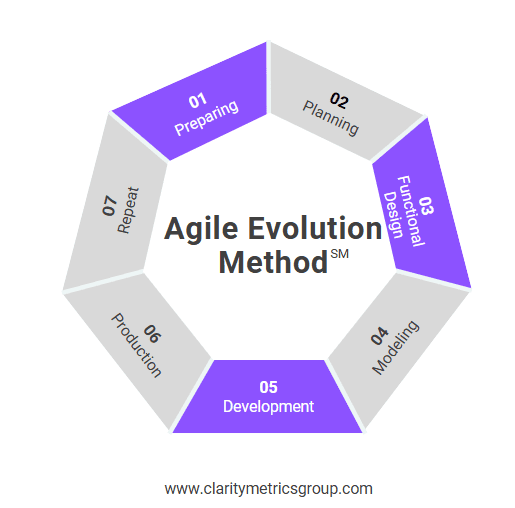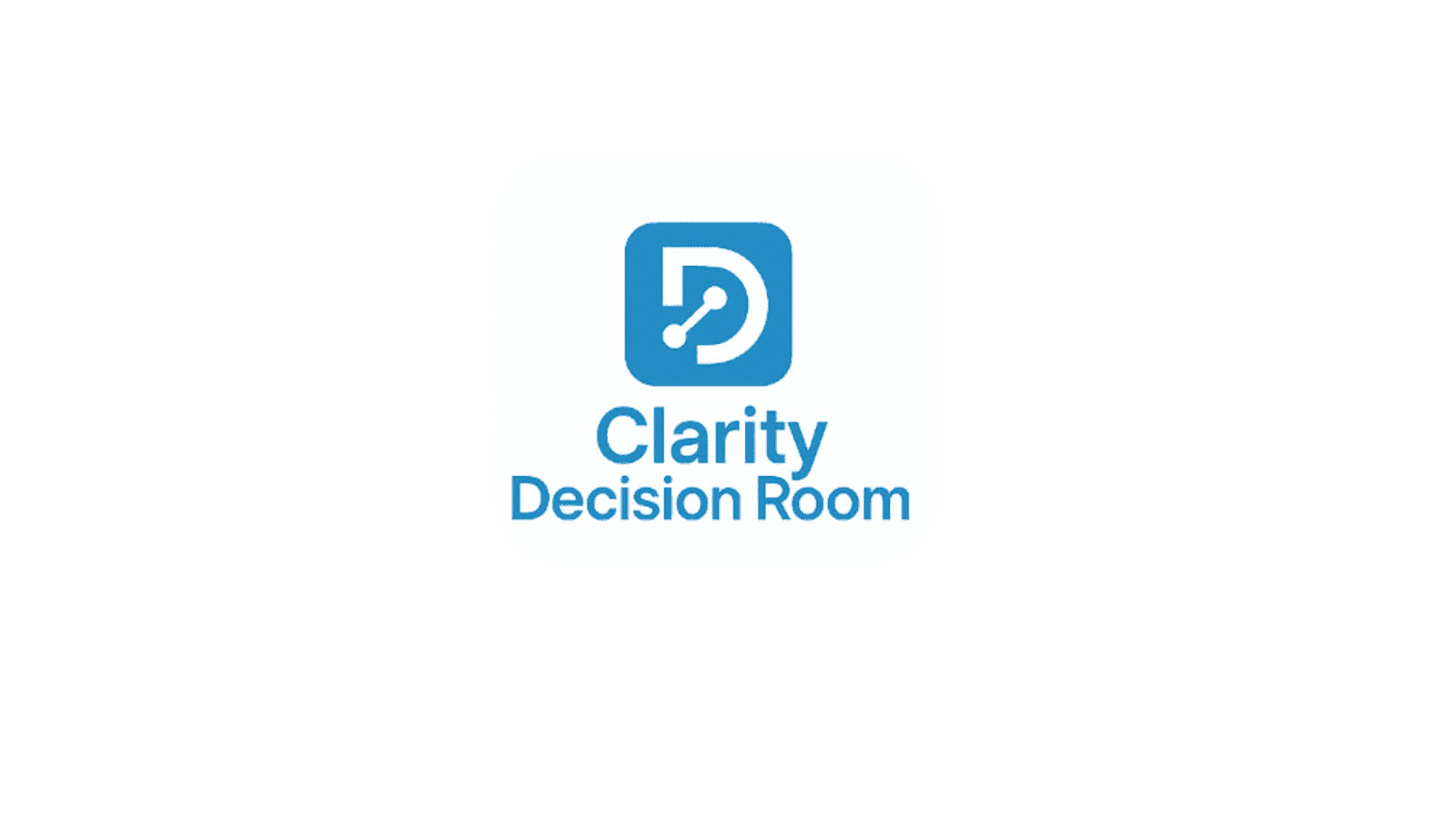"All sides need to be pleased, and you feel like you are the rope in a ridiculous game of tug of war"
The agile method is being adopted rapidly among industries and is a hot topic for 2025. However, it won't work for all. Operations require elements that are not included in the agile method.
The agile method is based on rapid development, failing fast, customer feedback, no deadlines, and light documentation. This type of method is directly counter to what operations require, which is a budget, timeline, documentation, and quality.
In turn, because of these conflicting needs, the agile method is not fully adopted; remnants of the waterfall framework sneak in even when we don't want it to. As a certified scrum master, developer, and executive, I understand how frustrating it is when you implement Agile, but leadership is asking for information that isn't a part of the Agile method. All sides need to be pleased, and you feel like you are the rope in a ridiculous game of tug of war.
This pulling and pushing experience is why Clarity Metrics Group invented the Agile Evolution Method™ (AEM). This new method is the evolution of the agile method because it integrates elements of agile, such as rapid development and collaboration, with practical business process elements.
Nobody will win when implementing the Agile method with waterfall remnants, but everyone will win when implementing AEM.

Preparing: Determine how the work aligns with the company's strategic plan, prioritize work accordingly, and determine the budget bucket.
Planning: Identify key stakeholders and sponsors, communication style, meeting cadence, work assignments, capacity planning, and introductions.
Functional Design: Meet with key stakeholders to discuss and document project needs in plain terms, prioritizing work into phases based on impact, priority, and capacity. This is a living document. Anyone can add new requirements at any time as needs evolve. Without a business reason, new requirements are placed in subsequent phases based on impact and priority.
Modeling: Work alignment meeting with key stakeholders based on the preliminary model. Budget estimates confirmed based on the model, work capacity confirmed based on the model, and timeline adjusted and confirmed based on work capacity, complexity, dependencies, impact, and priority.
Development: Product development begins based on the modeling confirmations. The development team consists of 2-8 people, 2-3 week sprints with planning and retrospect (completed in the same meeting), weekly check-in, and monthly backlog planning. AEM reduces the number of meetings to provide more time for development.
Production: Product pushed to production environment.
Repeat: Start over for the next phase of development based on priority, budget, and work capacity.
The modeling step is the most important step because it ensures that the developers, business analysts, stakeholders, and sponsors are aligned with the interpretation of the work to be completed and how the work will be completed. This will mitigate rework, thus reducing cost. However, if issues are identified, there may be a need to move back and update the functional design, budget, timeline, or priority. AEM is a fluid methodology that will create an environment for rapid and collaborative development while staying locked in step with operations.
Clarity Metrics Group proudly introduces AEM, our third proprietary service trademark. AEM has been integrated into our flagship services, decision design, and strategic design. We will also offer AEM certifications in the fall of 2025.
At Clarity Metrics Group, we continue to innovate because we believe in our mission to "provide long-lasting and transformative business results for our clients through insight, innovation, and strategic approaches."
